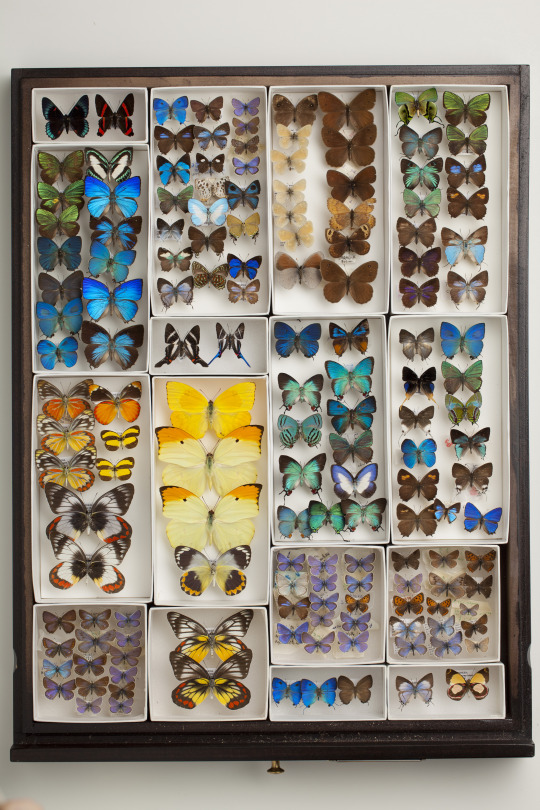
Since Carnegie Museum of Natural History was founded in the late 1800s, it has been the home of an impressive group of alumni scientists who made great progress in their fields. One in this group who stands out is Dr. Andrey Avinoff, the director of the museum from 1926-1946.
Dr. Avinoff’s career began in Russia, where he studied geographical variation in moths and butterflies across different mountain ranges in Asia. He studied how smaller sub-ranges of the Himalayas led to the prevention of interbreeding in some species, but allowed it in others, depending on the geography and geology of the specific area. As he put it, “the study of variation divorced from geographical distribution is futile.”
Throughout his studies, he amassed a huge collection of specimens, but his collection was appropriated and held by the Zoological Institute of the Russian Academy of Sciences.
When he began his tenure at Carnegie Museum of Natural History, Dr. Avinoff virtually replicated his moth and butterfly collection through financed expeditions and trades with other collectors.
Dr. Avinoff was also an avid artist; “I bow to scientific fact until 5 o’clock,” he said. In 1941, he brought his two passions together and began the ambitious project to collect, describe, and illustrate the flora of western Pennsylvania. Partnering with the curator of Botany at the time, Otto E. Jennings, living plants were found growing wild, then brought to the museum for Dr. Avinoff to capture in paint. When the specimens were no longer needed for painting, they were dried and pressed to be saved in the herbarium.
Dr. Avinoff’s paintings were published in the book Wildflowers of Western Pennsylvania and the Upper Ohio Basin, which was printed in 1953.
Throughout the month of September, Carnegie Museum of Natural History is celebrating Pittsburghers living longer and better through enriching cultural engagement. We will be reflecting on cool pieces of museum history on our blog and social media and offering a series of programming at the museum that will range from dancing to specialized tours, geared towards visitors who are 45 and older. Visit our website for more information and programming details.
